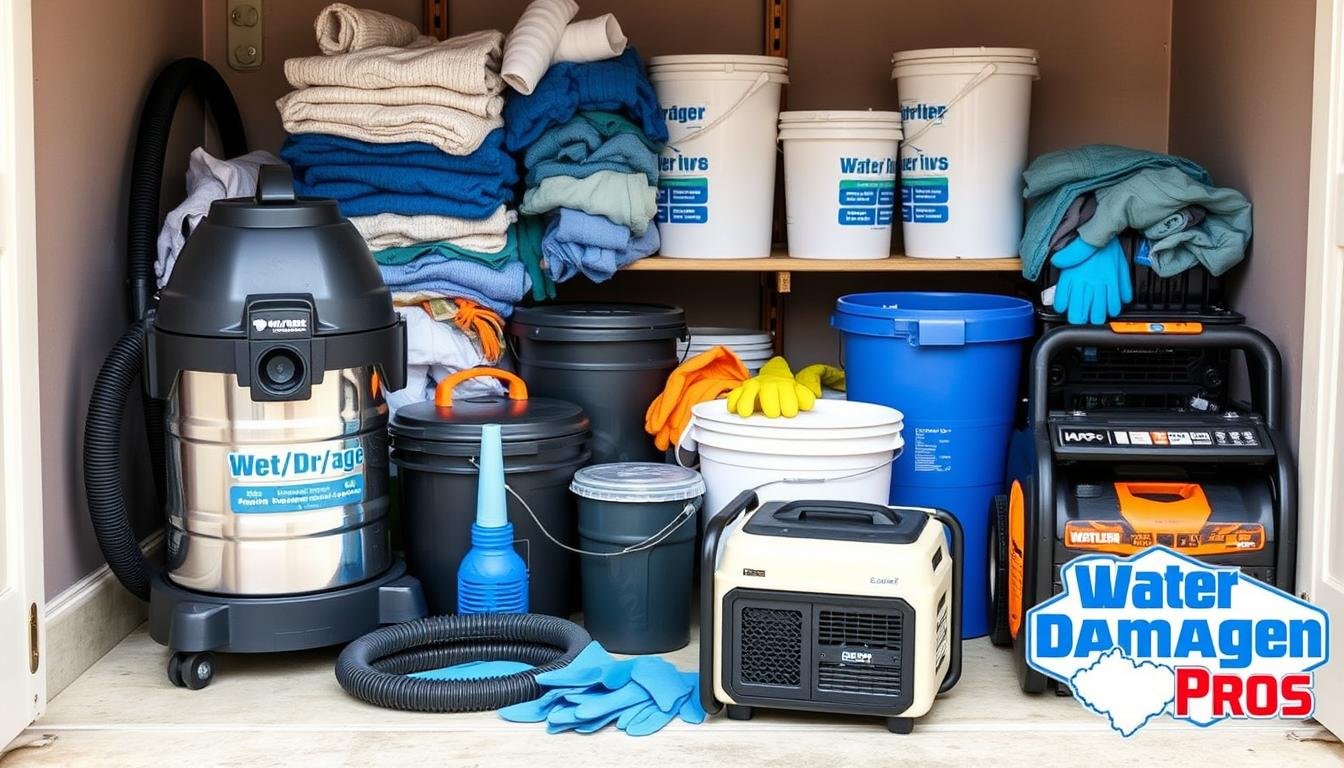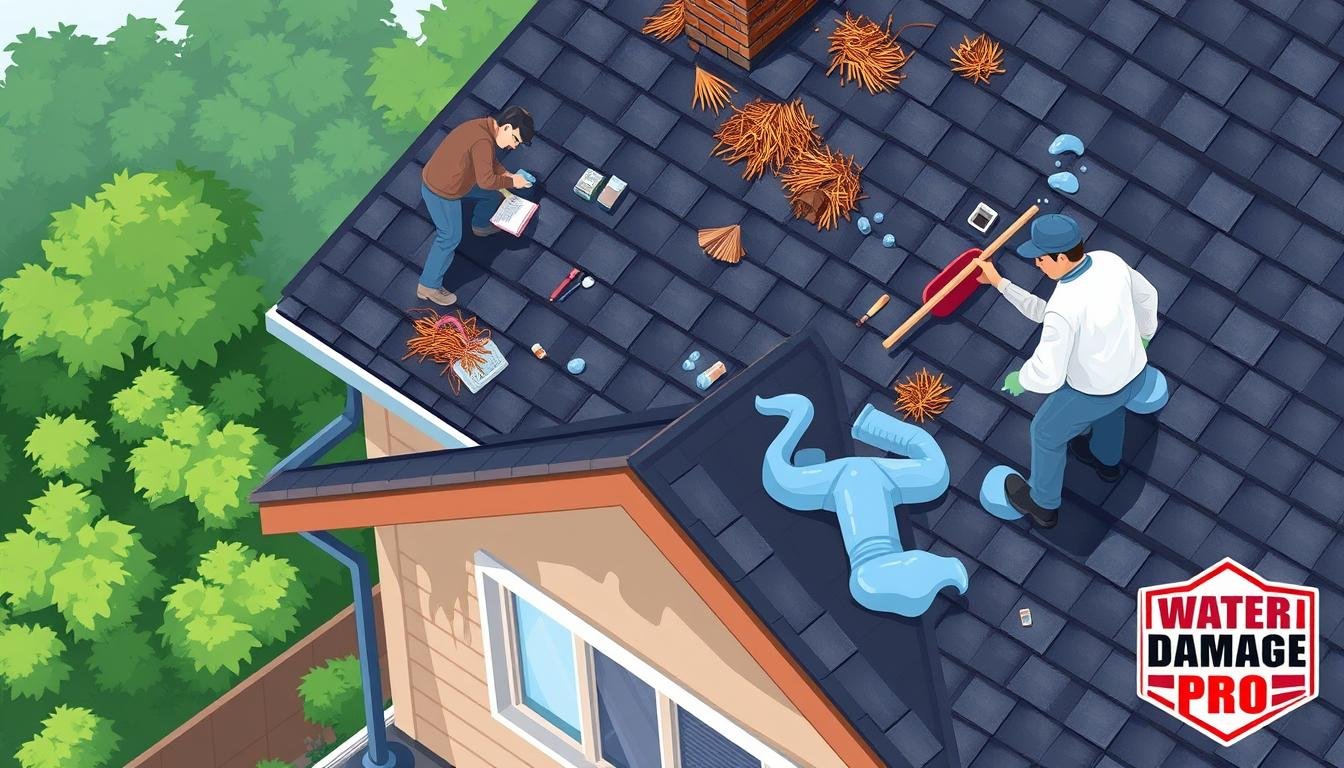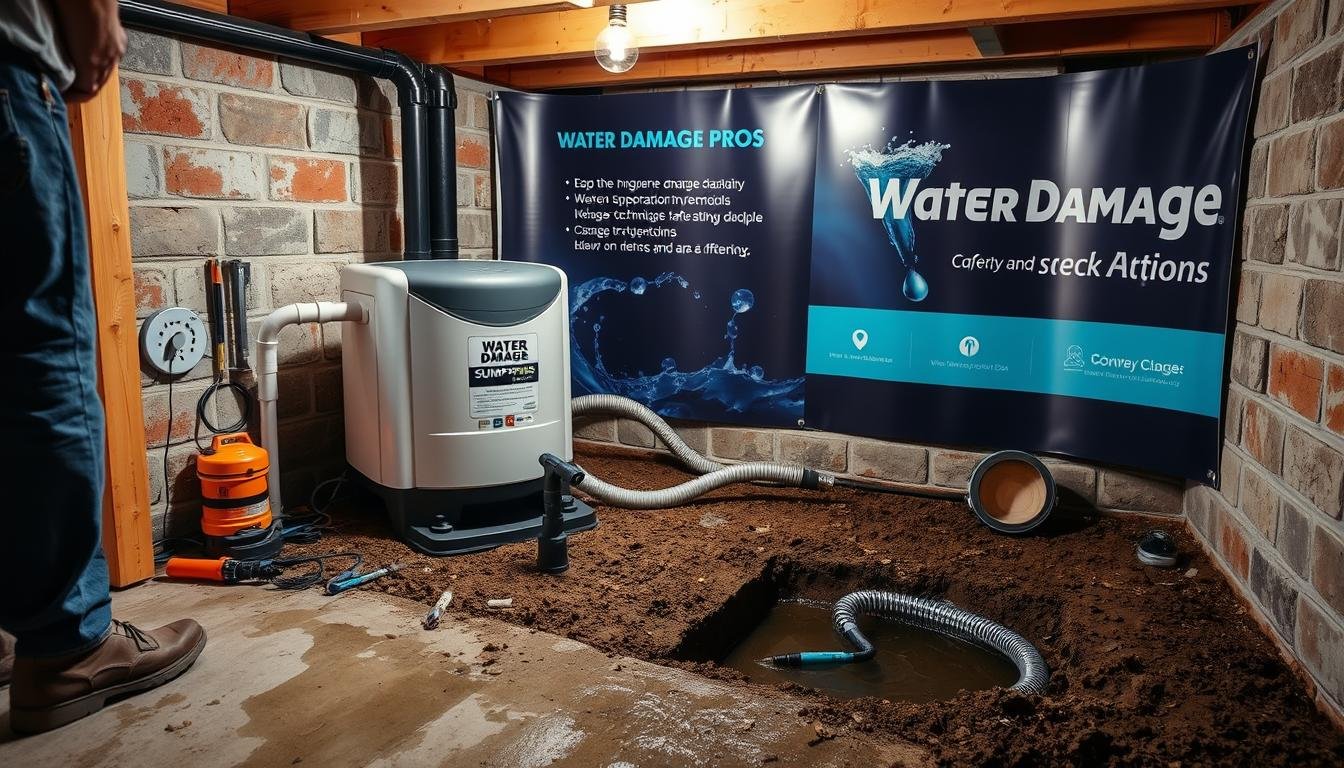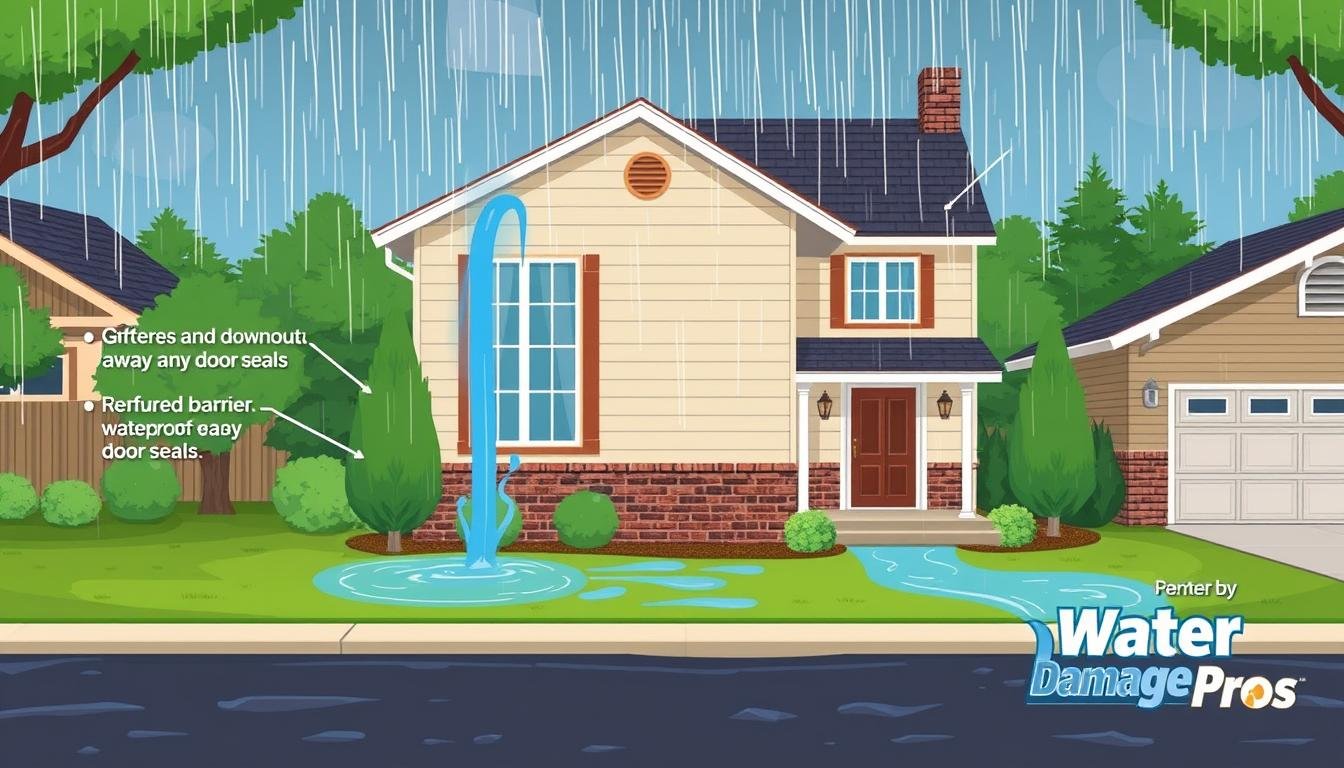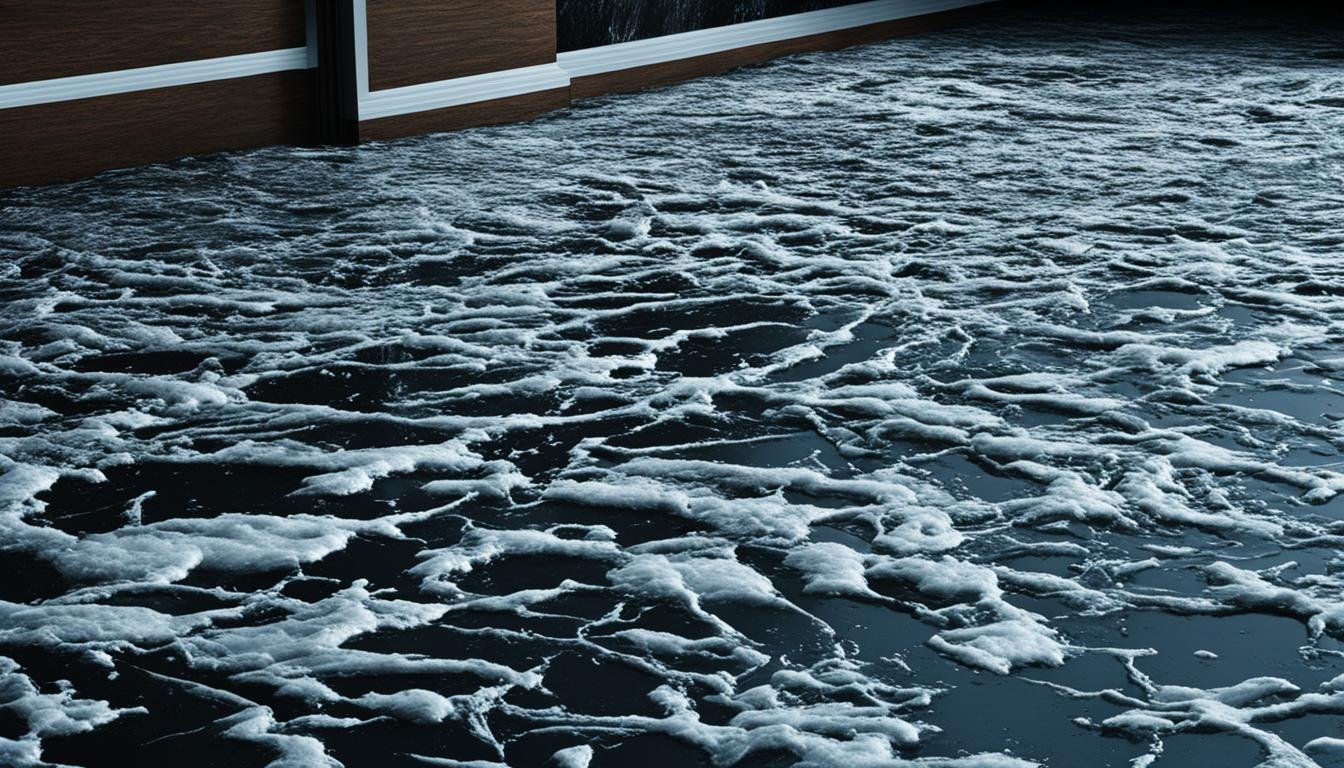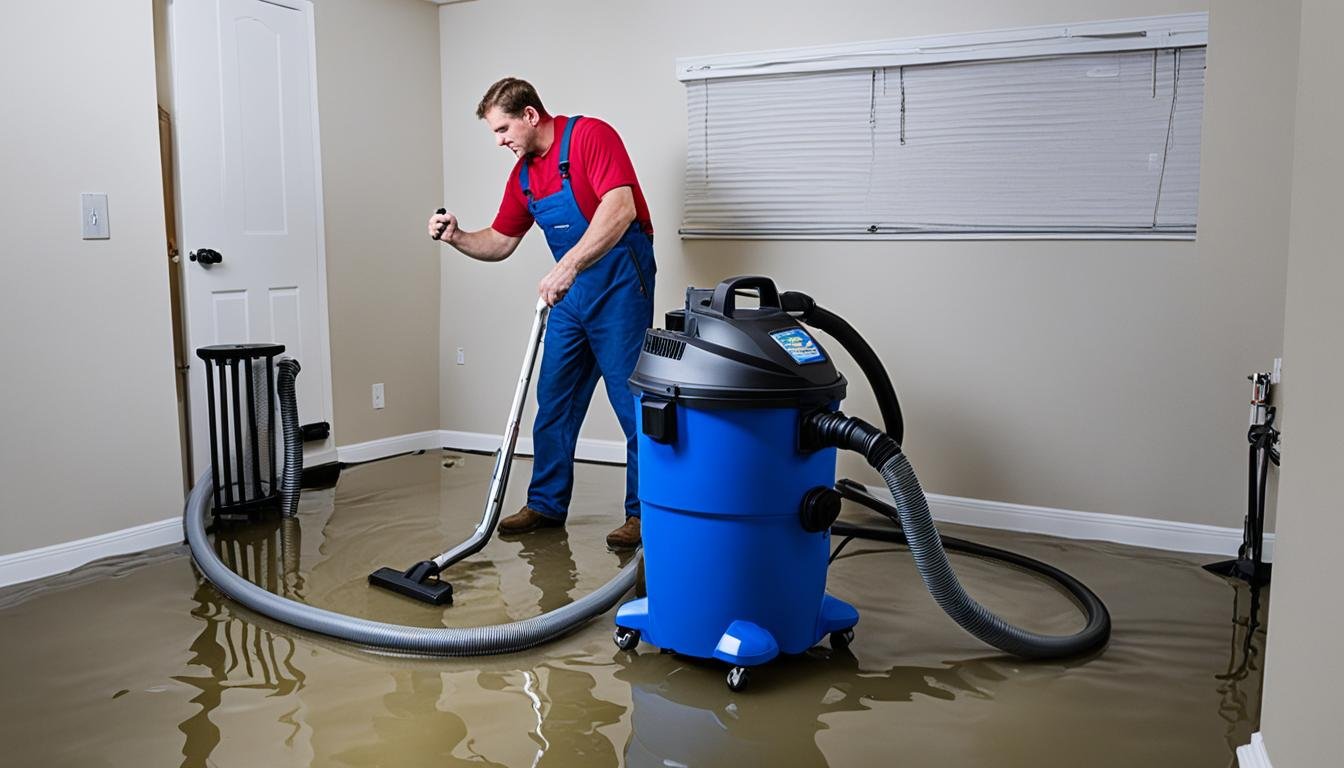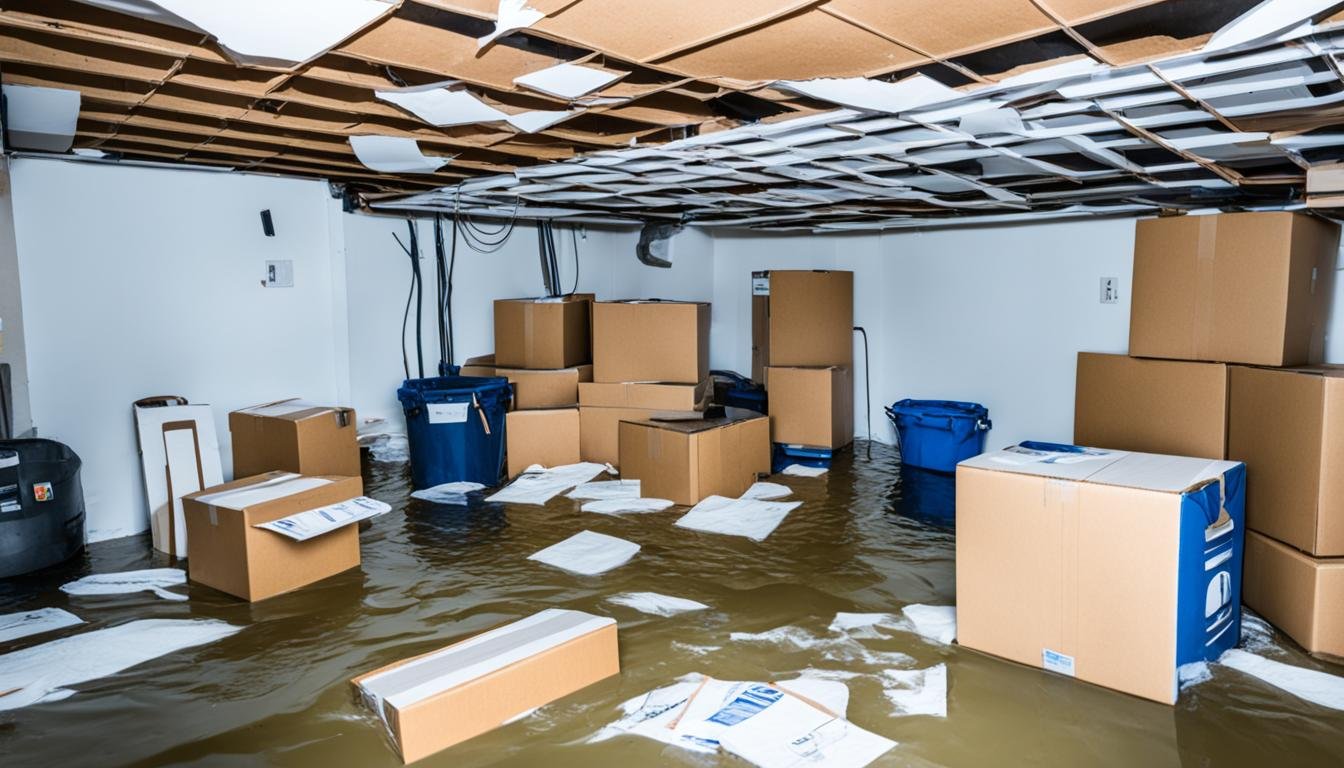Essential Emergency Supplies Every Home Should Have for Water Damage Incidents
Emergency preparedness is key, and one important fact is clear: you should have one gallon of water per person per day for several days1. This shows how vital it is to be ready for water disasters. Extreme weather can hit anytime, leaving you without clean water. So, every homeowner should have a home emergency kit. Having the right supplies is crucial. This includes masks to protect against airborne germs and water filters for clean drinking water. These items help keep your family safe during water damage12. With these supplies, you can lessen the effects of water emergencies and be ready for what comes next. Key Takeaways The recommended amount of water to have in an emergency kit is one gallon per person per day for several days13. About half of all Americans take a prescription medicine every day, emphasizing the importance of keeping necessary medications in the emergency supply kit1. Consider adding pet food and extra water for your pet as a part of emergency supplies1. Include prescription eyeglasses and contact lens solution in the emergency kit to address the common need for vision aids1. Keep cash or traveler’s checks in the emergency kit to address the reliance on traditional currency during emergencies1. Safeguarding Your Home: Key Supplies for Water Damage Emergencies Being ready for water damage emergencies is key. Having the right supplies can help lessen the damage and keep your family safe. Two must-haves are N95 masks and a good water filter. Masks: Essential Protection Against Airborne Contaminants Water damage can quickly make your home’s air unhealthy. N95 masks or particulate respirators are vital for blocking dust, debris, and smoke from floods or burst pipes4. The 3M 8293 particulate respirator with Cool Flow™ Valve is a top pick for filtering out harmful particles. Water Filters: Ensuring Access to Clean Drinking Water Clean water is essential in emergencies, but disasters can pollute it. The Department of Homeland Security suggests having one gallon of water per person per day for three days. A portable water filter like the LifeStraw can make any water safe to drink4. It removes 99.999999% of bacteria, 99.999% of parasites, and 99.999% of microplastics, keeping your family hydrated. It’s important to prepare for the unexpected to protect your home and family. With N95 masks and a reliable water filter, you can face water damage emergencies better and keep your family healthy5. emergency supplies water damage: A Comprehensive Checklist Getting ready for water damage emergencies means having a good emergency supply kit. You need more than just masks and water filters. Your kit should have a first-aid kit like the American Red Cross Deluxe Family First Aid Kit. It has 115 items for common injuries6. Other key items include bleach for cleaning water and surfaces6, hand sanitizer, and waterproof gloves. You’ll also need a bottle-top propane stove for cooking and duct tape and plastic sheeting for repairs and shelter6. Living in areas like California, where water damage is common, is unpredictable. It’s vital to have a full emergency supplies list7. With the right supplies, your family can face any water damage and keep your home safe. Essential Emergency Kit Items Quantity Recommended Bottled water 1 gallon per person6 Non-perishable food 3-day supply8 First aid kit 1 per household8 Flashlights and batteries 1 per person8 Battery-powered radio 1 per household8 Warm blankets 1 per person6 Can opener 1 per household6 Wrench or pliers 1 per household6 Copies of important documents 1 set per household8 Cash (small bills and coins) Enough for several days6 Having a full emergency supply kit means you’re ready for any water damage situation. Make sure to check and update your kit often to keep it ready. It’s key to be ready for water emergencies, especially in places like California. With the right disaster preparedness and a good first aid kit, your family will be safe from water damage. Preparing for the Unexpected: Additional Considerations It’s important to have more than just emergency supplies. You also need a well-stocked pantry and reliable power and communication. This helps you stay safe and comfortable during emergencies. Non-Perishable Food and Water Storage Having enough non-perishable food and water is key in case of emergencies. The Department of Homeland Security suggests having food for several days and one gallon of water per person per day9. This ensures you can survive and reduce the emergency’s impact on your family. Emergency Power and Communication Power outages can be tough. Having emergency power and communication is crucial. A battery-powered or hand-crank radio keeps you updated10. Also, make sure your cell phones are charged and have backup batteries or chargers. This helps you stay in touch with family and emergency services. Being ready for the unexpected is key to disaster preparedness. Stock up on food, water, and power sources. This way, your family stays safe and strong during emergencies. Preventive Measures Benefits Regular appliance and plumbing maintenance Helps prevent common sources of water damage like leaks from appliances or pipes11 Installation of leak detection and automatic shutoff technology Can quickly identify and mitigate water leaks, minimizing the potential for extensive damage11 Proper attic ventilation and insulation Reduces the risk of condensation-related water damage and mold growth11 Routine sump pump testing and backup power Ensures the sump pump is functioning properly and can handle power outages11 “Preparation is the key to weathering any emergency, including water damage incidents. By taking the necessary steps to safeguard your home and family, you can minimize the impact and ensure a swifter recovery.” Being proactive and taking the right steps can protect your home and family from unexpected events91011. Conclusion Putting together a home emergency kit is key to being ready for water damage and natural disasters12. It should include things like masks, water filters, first aid kits, and cooking gear13. These items help protect your home and family in tough times13. It’s important to check and update your kit often12. This keeps everything in good shape12. Being prepared helps you handle emergencies better and keeps your …
Continue reading “Essential Emergency Supplies Every Home Should Have for Water Damage Incidents”

